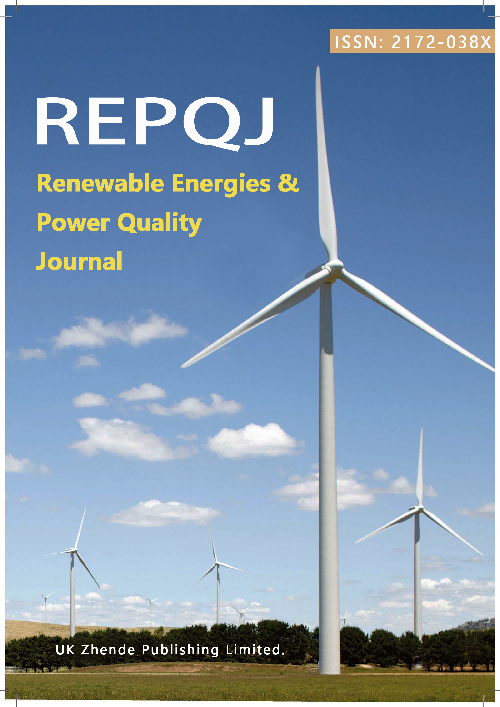Optimized Inter Real-Time Simulator Communication Utilizing Transmission Line Delay Variety
DOI:
https://doi.org/10.52152/4586Keywords:
Real-time Simulator, Transmission Line Model, Communication OptimizationAbstract
Hardware-in-the-loop (HIL) testing based on realtime simulators is one of the critical methods for the power system and the power electronics system research. Using multiple interconnected simulators to enhance parallel computing performance is a common method. However, with the increasing demand for enlarging system scale and shortening simulation time-step, more dedicated communication resources and a higher amount of transferred data are required. This paper proposed a method for optimizing inter real-time simulator communication utilizing the delay variety of the distributed transmission line model, which can reduce the communication hardware resources and increase the data throughput with no loss of the simulation accuracy. In the case study of a system containing 100 wind turbines and 20 sets of IEEE 39-bus system on four real-time simulators, the communication resource consumption is reduced by 48.78% with the proposed optimization method.
Downloads
Published
Issue
Section
License
Copyright (c) 2025 Fang Hou, Zhuoxuan Shen, An Chen, Donghui Zhang, Shaofu Li (Author)

This work is licensed under a Creative Commons Attribution 4.0 International License.











